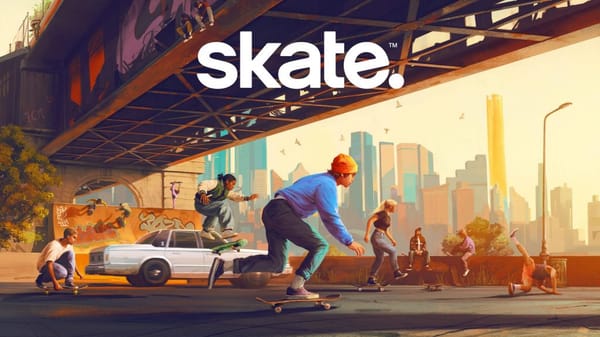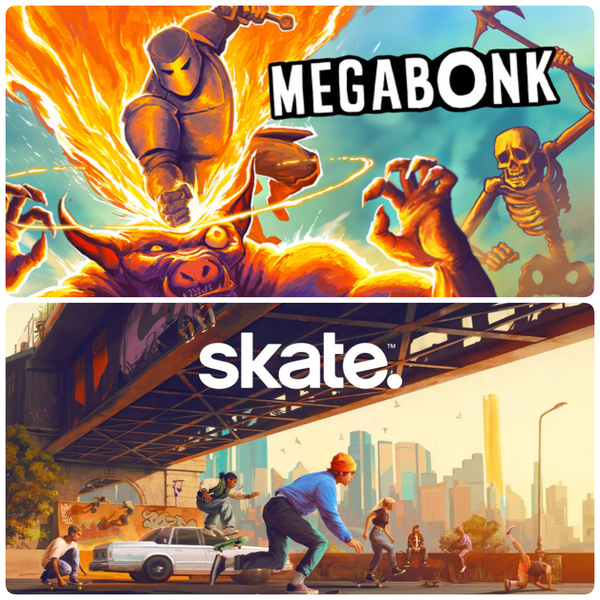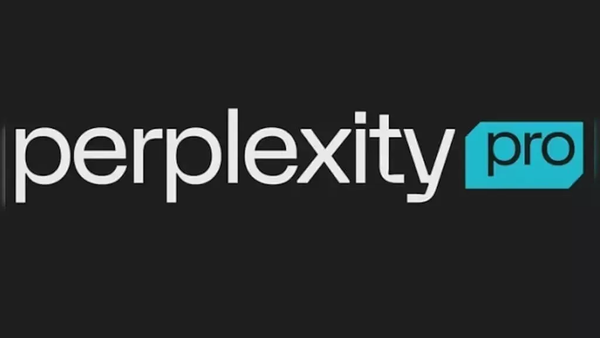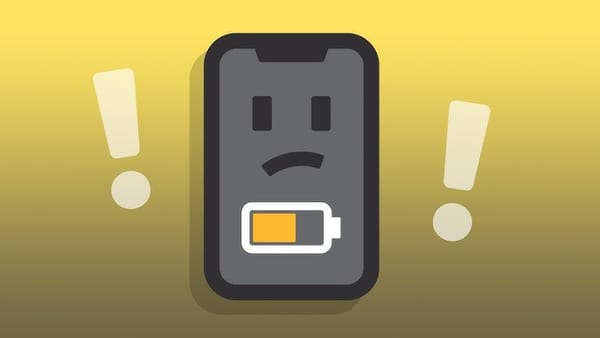Is ChatGPT 4o Destroying Art or Redefining It?
As ChatGPT 4o reshapes creativity, artists face a brutal question: is this innovation — or the quiet extinction of human-made art?
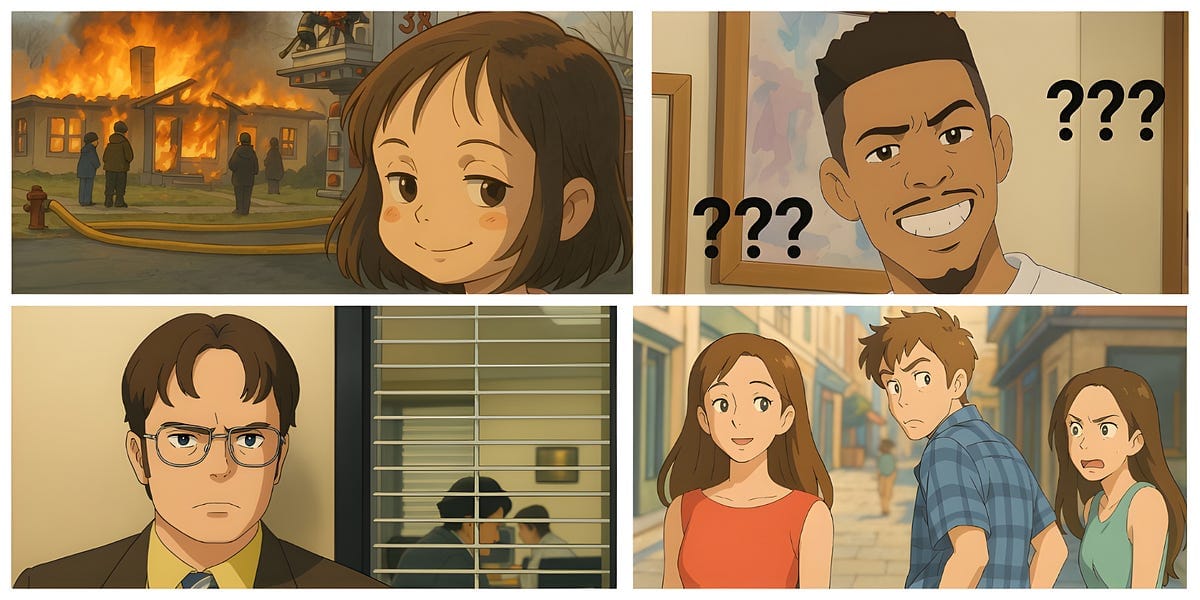
Is ChatGPT 4o Destroying Art or Redefining It? The Truth About AI, Creativity, and the Future of Artists
Image generation isn’t new. It’s been around for a while now, lurking quietly in the background of the AI space long before it exploded into the mainstream.
In fact, it was OpenAI, the same team behind the very ChatGPT that we are discussing in this article, that gave us DALL·E, one of the first major platforms of AI-generated images.
That launch feels like a lifetime ago now, but in hindsight, it was arguably the spark that lit the AI hype train.
Fast forward to today, and OpenAI has just rolled out a massive update with their new GPT-4o model, with what they call an all-in-one system that drastically improves image generation capabilities.
This wasn’t just an upgrade; it was a shift. Suddenly, what felt like a gimmick started feeling like a serious creative engine once again.
Within hours of the update dropping, X (formerly Twitter) was flooded. Timelines were swarmed with side-by-side comparisons, memes, and full-blown reimaginging.
But one trend in particular stood out: the Studio Ghibli effect. People were taking selfies, family photos, even screenshots from films and shows, and turning them into Studio Ghibli-style art.
As you’d imagine, the model did a fantastic job at this, many would say maybe even too good.
But then what followed was discomfort. Because if you know anything about Hayao Miyazaki, the legendary creator behind Studio Ghibli, you know this would have made his skin crawl.
Miyazaki is famously meticulous, known for laboring over each frame of his films by hand, sometimes spending years crafting a single project. He’s gone on record numerous times rejecting the rise of computer-generated animation.
He doesn't just dislike it — he considers it an insult to the very essence of artistry. In one viral clip, he describes AI-generated trends as “an insult to life itself.”
His work is rooted in soul, effort, and intention. To him, tech doesn’t just cut corners — it severs the connection between the creator and the craft.
So when the internet took the distinct visual style of a man who’s dedicated his life to hand-drawn precision and uses a few taps on a keyboard to recreate it en masse… the conversation was once again set ablaze.
Are these tools helping people explore new creative possibilities, or are they plagiarizing decades of hard-earned visual language? Are we watching creativity evolve — or watching it get repackage and redistributed, without credit, context, or soul?
Once again, the question came roaring back into focus: is AI image generation a powerful tool for artists or just another form of theft?
Between Plagiarism and Progress: The Raw Debate Around AI Art
It’s not hard to see why people are against it. In many ways, AI image generation is just blatant plagiarism.
A model scrapes visual data from across the internet — often from published artwork, illustrations, and designs — and reinterprets it. The input is real, the output feels original, but the middle ground is murky at best.
So, who actually made the art?
That’s where the ethical tangle begins. Is it the company that built the model? The user who prompted it?
Or neither — because the final piece was essentially built on the backs of hundreds, maybe thousands, of human artists whose work was ingested without consent?
It’s a mental maze. Some of the art used to train these models may have come from small independent creators — people grinding for visibility — only to have their style replicated, regurgitated, and made viral by someone else. That hits like a punch to the gut.
And that’s really the core emotional response: the idea that those who are benefiting the most have done the least.
It’s a tough pill to swallow in any industry, but especially in one so deeply tied to personal expression and labor-intensive craftsmanship.
So, where does the blame fall?
At first glance, it seems obvious: the companies. They’re the ones scraping data at scale, training models on it, and selling access. That’s where the profit funnels.
But then they’ll argue they’ve used licensed datasets, obtained permissions, or created outputs that are technically distinct — artistic interpretations, not duplications. And if it just so happens to look like a particular artist’s style? Well, that’s an unfortunate coincidence.
So does the responsibility shift to the prompter? The person who typed in the command and shared the result? Maybe. But unless they intentionally asked for a direct ripoff — explicitly trying to copy or exploit a known artist — it’s hard to paint them as villains.
Most are just trying to generate cool, personalized art. Some likely love the very creators they’re unintentionally undermining.
That’s what makes this debate so damn difficult. The artists feel like victims at every stage. Their work is reinterpreted, redistributed, and repackaged, with little to no upside for them.
Meanwhile, the companies and users, who put in little more than a line of text, reap the rewards. Virality, praise, even profit.
The imbalance is loud. And undeniable.
A Different Lens: Redistribution, Meme Culture, and the Art of the Derivative
Now, here’s where things get even more complicated — because the other side of the argument has weight, too. And it’s not as ridiculous as it might seem at first glance.
Let’s start by acknowledging the truth: most people using AI image tools aren’t doing much of the work. Aside from prompt crafting, some refinement, and maybe a few tweaks, the bulk of the creation comes from the machine. The final result is theirs — but not entirely. It’s a derivative. And yet, they claim it as something new. Something personal.
You know what that reminds me of? Memes.
How the Internet Turned Art Into a Meme
Memes are, by definition, derivative content. They are the cornerstone of redistribution. The first true battle over digital artistic ownership. And back when memes first hit the internet, the same concerns popped up:
“What if someone takes my photo, edits it, and makes it go viral without credit?”
And yet over time, those concerns got buried under layers of irony, humor, and fair use.
Copyright law eventually caught up to protect digital creators, but under the guise of “transformative use,” much of meme culture survived. It was just different enough to count.
At first, memes were basic. An image with bold white text. But then they evolved. They turned into remixed videos, distorted audio, overlaid animations, reaction content, and more.
Sometimes all it took was a minor change — an effect, a filter, a caption — and suddenly a new piece of media was born. Fast, disposable, viral.
Sound familiar?
The internet today is a flood of redistributed content. And a huge chunk of it falls under this same umbrella of low-effort transformation. Derivative content, by some definitions, is an art form.
Look at DeviantArt. Its entire foundation is built on fan art — remixes of existing IP. Does that mean it should be banned? Discredited? Probably not. After all, the artists are still putting in the time to draw, paint, and illustrate those tributes.
But here’s the catch: if the quality gets too good — if a fan artist nails the style of the original — is it suddenly viewed as theft? So is the problem just the effort it takes to get there? If it takes too little time, is it not legitimate?
That’s a slippery slope. Some professional artists can recreate a known style in minutes.
Their speed doesn’t make it theft — it just means they’ve practiced.
So maybe the real issue isn’t the output, but the process. The effort. The human touch.
That’s where this whole debate finds its tipping point: the subtle but significant difference between artistry and automation. The act of creating versus the act of generating.
And that line is getting blurrier every day.
So, Where Does That Leave Us?
Well… on the internet. And if we’re being honest, the internet is a massive dumpster fire — a swirling mess of recycled content, endless reposts, and shameless reworks.
It’s chaotic. It’s loud. And it’s the only place where most of this derivative art will even matter.
Sure, there will be bad actors trying to profit off other people’s work. And yeah, it’ll be hard to stop them.
But strangely enough, both sides are kind of winning — depending on how you choose to look at it. That’s not a universal truth, just a cautiously optimistic perspective.
If you sit on one side of the debate, this whole conversation probably feels ridiculous. If you sit on the other, it feels absolutely justified. And if you’re somewhere in the middle, well… it’s complicated. Because it is complicated.
What Comes After the Flood
As AI-generated art continues to flood the internet — rework after rework, remix after remix — it’s ironically pulling more eyes toward art as a whole.
The more accessible it becomes, the more people start to appreciate it. You know the saying: all publicity is good publicity.
And while it may feel like artists are getting shortchanged in the process, that’s likely a short-term problem, not a permanent one.
Because as the novelty of AI wears off, and the web drowns in cheap, soulless content, something else will happen: the demand for real art will rise again. We’re already seeing it in music.
So many people are burned out by algorithm-fed, mass-produced tracks that they’re going backwards — rediscovering the classics, falling in love with music that meant something.
Art, too, will cycle back into that deeper hunger for authenticity.
In the meantime, the next generation of creatives now has access to a powerful tool. A new medium to express themselves. To experiment. To make something they never thought they could.
And for anyone who truly cares about art, that should be the goal. Not gatekeeping, but inspiring. Not preserving it in glass, but setting it on fire and watching what grows from the ashes.
Because the truth is, art doesn’t die easily. And real artists? They’re not worried.
